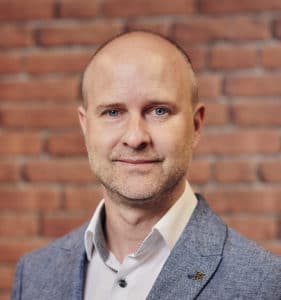Fashion
The fashion industry is subject to unprecedented changes with the general trend for families to decrease their clothing spend, coupled with strong pressure over profit margins. Consumer behaviour has evolved. They are more informed and versatile; they are looking for innovation and are sensitive to societal and environmental impacts. Alongside these changes, “pure-e-com” companies such as Zalando and ASOS are growing their share of market as they benefit from having smaller cost structures than traditional retailers.
Challenges in the fashion industry
These market evolutions are driving the traditional fashion industry towards business transformations in order to stay competitive. There is a need to improve attractiveness through faster product launches and total customisation. This requires reinventing product development processes including 3D conception and “lean” cycles. Fashion companies need to determine how to transform effectively to omnichannel retailing, ensuring a perfect fluidity between sales channels throughout the entire lifecycle (one stock, OMS, real time) and offering custom-fit services guaranteeing a perfect fluidity between channels.
Further to this, there is an urgent requirement to be more socially and environmentally responsible through transparency in production processes (especially in low-cost countries) and the reduction of greenhouse gas emissions (IOT traceability, low carbon transportation technologies etc). There is also the need to counter demand volatility and consumer versatility and to avoid soon-to-be forbidden product destruction, driving them to develop predictive technology and supply chain agility.
How we can help with the fashion industry
We work with more than 50 of the most famous clothing brands in Europe and the USA, at every step of the value chain, from strategy to project implementation. We help with:
Logistics networks
- Redesigning logistics networks and optimisation of transportation flows, taking the benefits of IOT technologies, real time traceability and warehouse automation
- Lean procedures in logistics operations and stores
Process re-engineering
- Process re-engineering from product conception to warehouse deliveries, with a mindset of reducing delays and improving quality standards
Omnichannel transformation
- Definition and implementation of omnichannel transformation (service pallets, stock centralisation strategies and order management)
Planning
- Collection, assortment and inventory planning and steering on both a macroscopic scale (categories and regions) and microscopic (in-store SKU) based on the best merchandise planning tools and practices
- Installing collaborative processes with suppliers integrating material and capacity planning to shorten delays and speed-up production
Sourcing
- Redefinition of sourcing strategies on a global scale and optimising procurement performances (supplier negotiation and collaboration)
Sales
- Improving the reliability of sales forecasts using data science
Our approach
We apply a combination of technical expertise, operational experience and business knowledge to help our clients solve fashion issues and deliver lasting results. Our personal and pragmatic approach, with challenge where needed, ensures buy-in at all levels of our clients’ businesses and a successful outcome. We have worked with a wide range of organisations in the fashion industry including Burberry, Calvin Klein Inc., C. & J. Clarks Ltd., La Redoute, L Brands, Salomon, Clarks, Orsay, Sandro, Kiabi and Kenzo. Learn more about us here.











